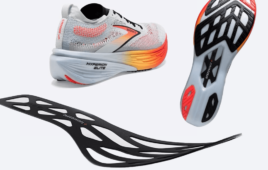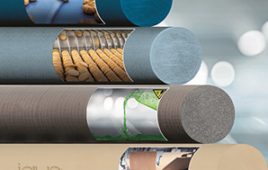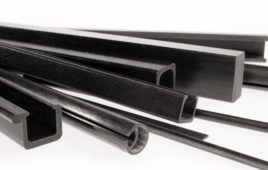Scientists from the University of Manchester have tied the world’s tightest knot using molecular strands.
The knot was made possible by a new technique for braiding molecular strands. The technique has enabled scientists to loop strands into tighter and more complex formations. Ultra-tight molecular knots could pave the way for a new class of advanced materials.
The record-setting knot is a 192-atom closed loop with eight crossings; it measures 20 nanometers in length.
With their breakthrough molecular tying process, scientists will be able to test how different knot formations affect strength and other physical properties. Scientists expect their work — detailed in the journal Science — to have a ripple effect in the field of materials science.
“Tying knots is a similar process to weaving so the techniques being developed to tie knots in molecules should also be applicable to the weaving of molecular strands,” David Leigh, a chemistry professor at the University of Manchester, said in a news release. “For example, bullet-proof vests and body armour are made of kevlar, a plastic that consists of rigid molecular rods aligned in a parallel structure — however, interweaving polymer strands have the potential to create much tougher, lighter and more flexible materials in the same way that weaving threads does in our everyday world.”
The process of knot creation is called “self assembly.” Molecular strands are woven around metal ions, with woven cross points precisely positioned. A chemical catalysts fuses the ends of the strands, forming a closed loop.
“The eight-crossings molecular knot is the most complex regular woven molecule yet made by scientists,” Leigh said.
Filed Under: Materials • advanced




